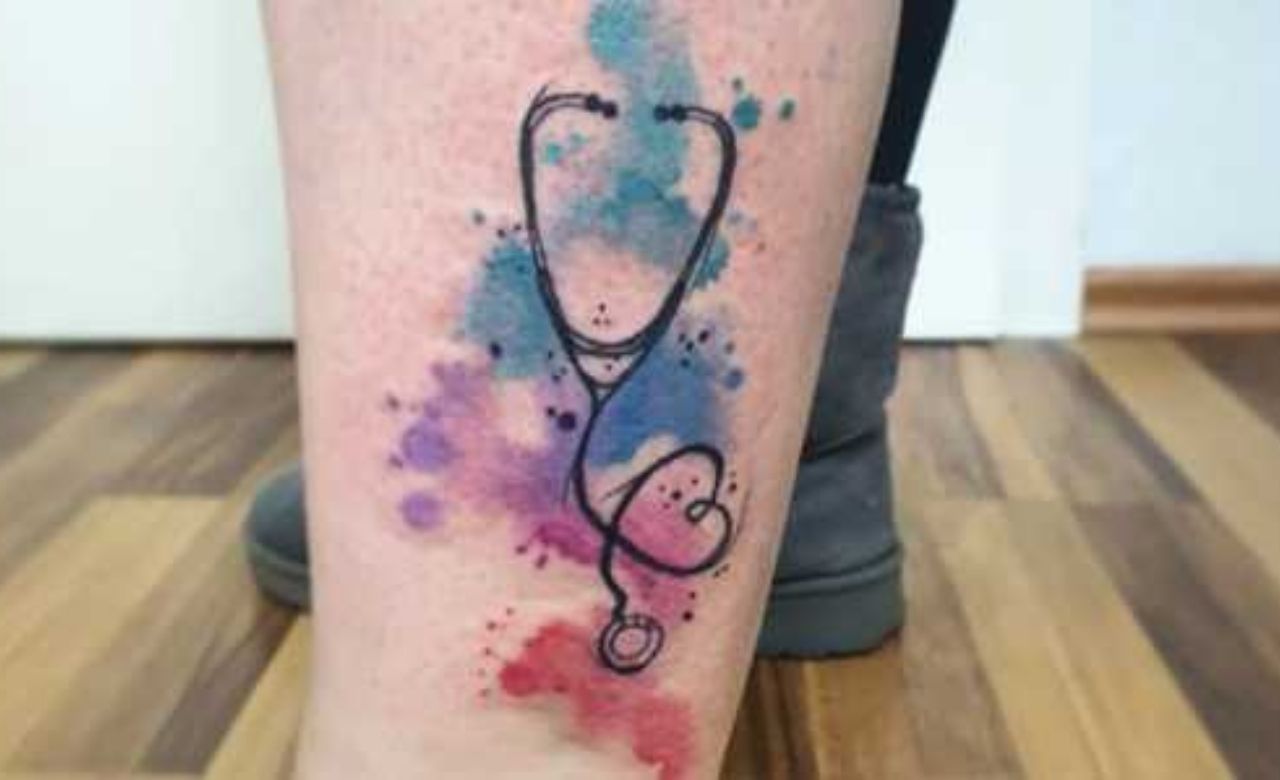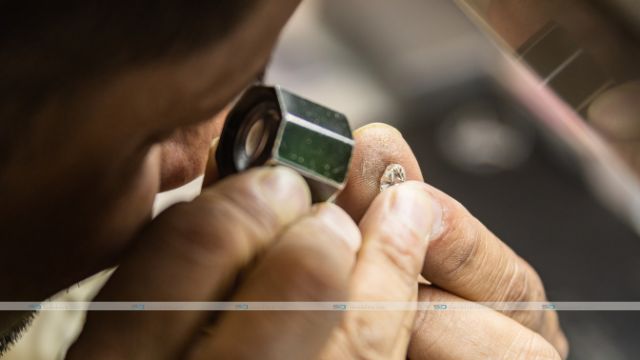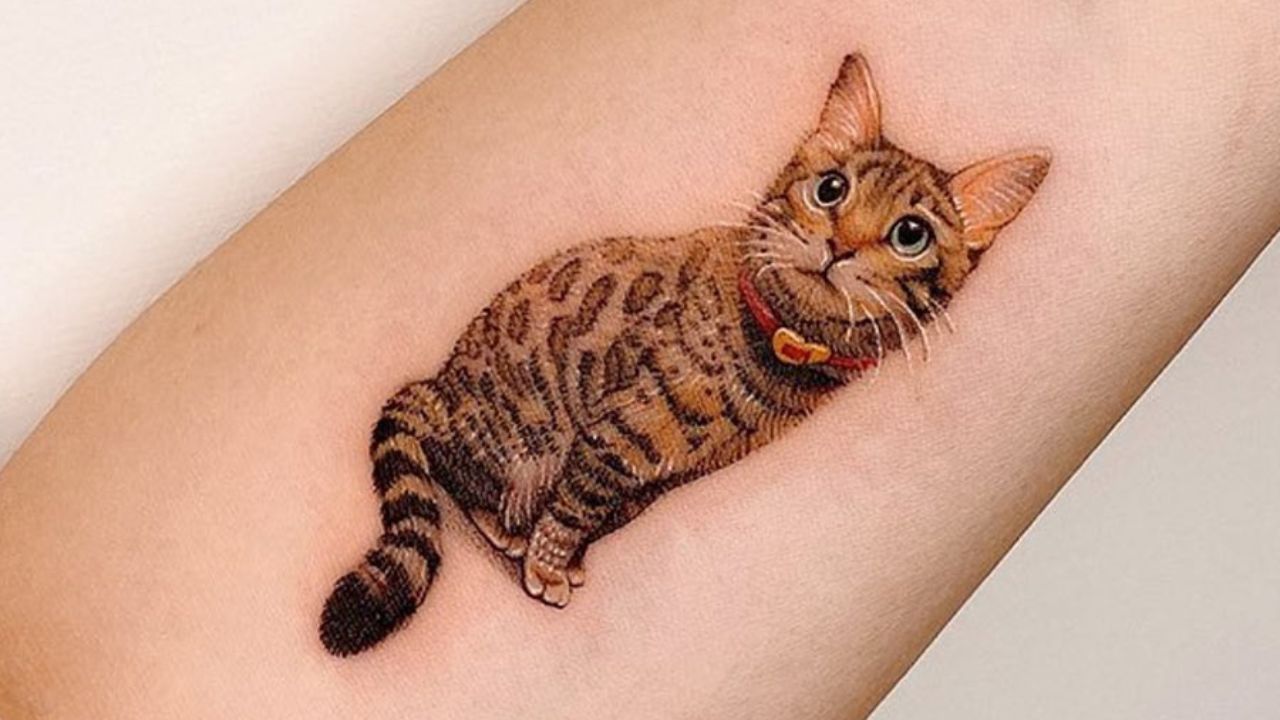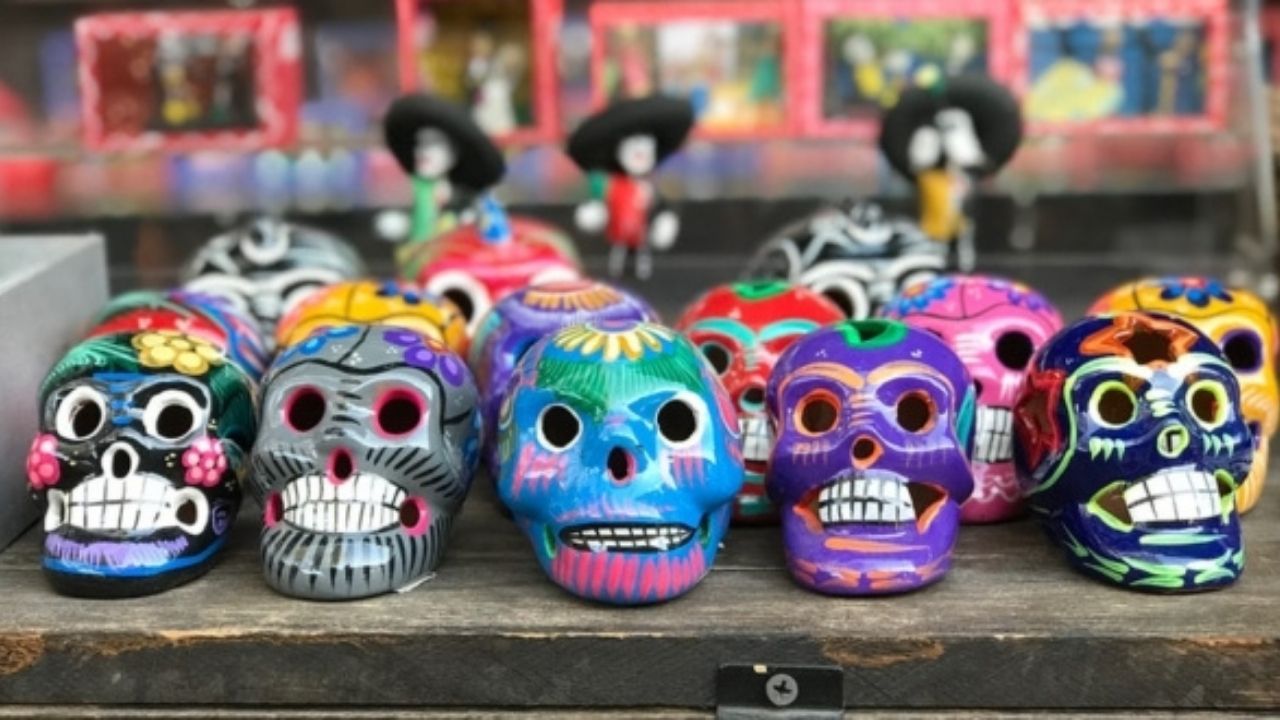Building a good doctor-patient relationship is one of the most significant elements of conventional treatment and health care. However, there are still some difficulties about whether the tattoos should be prominent or not and whether they move the patient’s trust towards the doctor.
Patients are considered more contented with a traditional-looking doctor since they correlate it with professionalism and decent behaviour, not only in the hospital but also in their private life.
Even when it comes to doctors discussing tattoos, it is surprising that more than 40% of doctors do NOT recommend tattoos to medical professionals and staff. Sure, many doctors favour tattoos, but even then, they understand that tattoos should be covered uniquely throughout work.
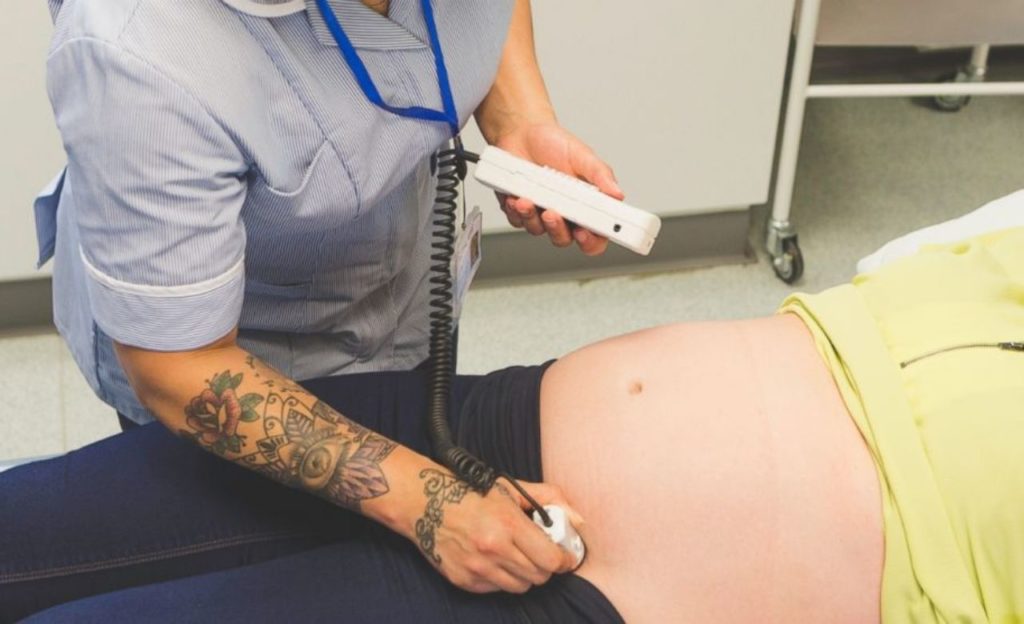
Doctors Can Have Tattoos
Patients prefer and believe more doctors who behave like traditional doctors. Such doctors are very well put collectively, wear classic attire like a white coat or blue scrubs, and frequently embody a healthy, proper doctor whom we should study up to.
In an ideal world, doctors would openly and proudly diminish their tattoos and still earn their patients’ trust based on their excellent work, not their appearance. But, people have been presented to the ‘traditional image of a doctor’ for so long that any departure from such an image rocks the patient’s trust.
There have been instances where patients would ask for another doctor because their doctor had a noticeable tattoo. Regrettably, even though the doctor was doing their job absolutely, they still fell prey to generalization and damaging misconceptions about tattoos.
Departure From Tradition
The authenticity is, many doctors, especially the younger ones, have started to deviate from the traditional appearance and began regarding self-expression as their right. So even though some colleagues and patients would react to the tattoos negatively, some doctors want to demonstrate that just because they have a tattoo doesn’t suggest they’re less professional or bad at what they do.
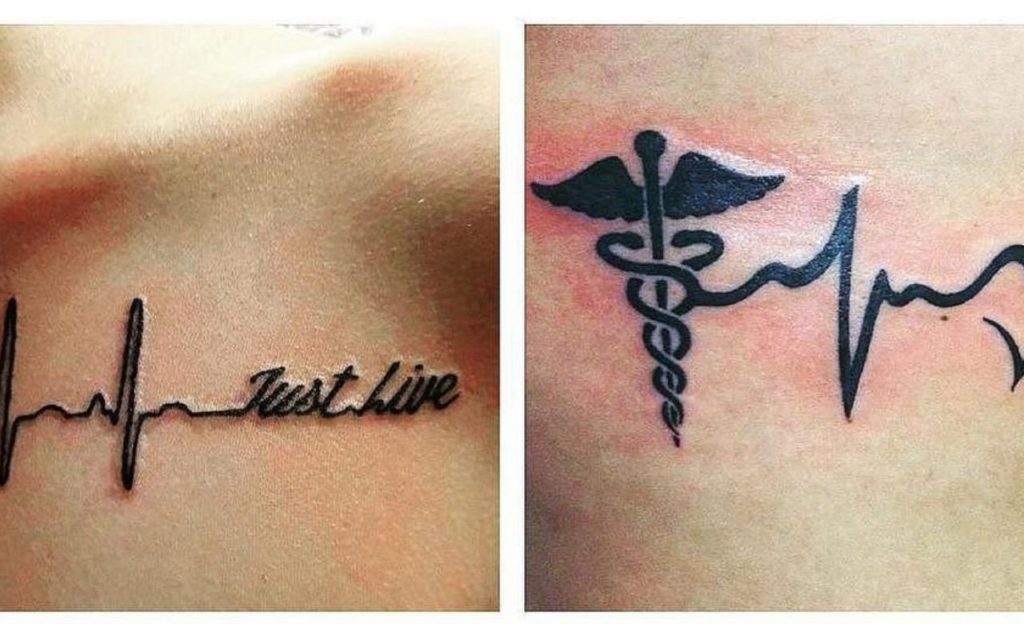
It is understood that some patients even find doctors with tattoos more convenient and agreeable than the ones without a tattoo. Sure, being attractive is always a must, but some patients are more open about their arguments if a doctor seems ‘human’ as well.
Doctor-Patient Relationship Studies
The general idea is that patients do not trust doctors with tattoos; many studies have observed the doctor-patient connection where the doctor has a noticeable, real or fake tattoo.
As we can see from this comparison, patients were beautiful with their physicians having tattoos or piercings. No one had difficulty with the untraditional aspect of the doctors, and some even found it remarkable that the doctors had tattoos. All the patients were delighted with the doctors’ professionalism, empathy, care, and treatment they received.
Undoubtedly, doctors’ perception and self-expression through body art are changing, and what was once taboo and unacceptable is nowadays wholly normal. However, this doesn’t mean that every community is allowing doctors with tattoos. Sure, more conservative societies would be significant of such departure from culture even nowadays.
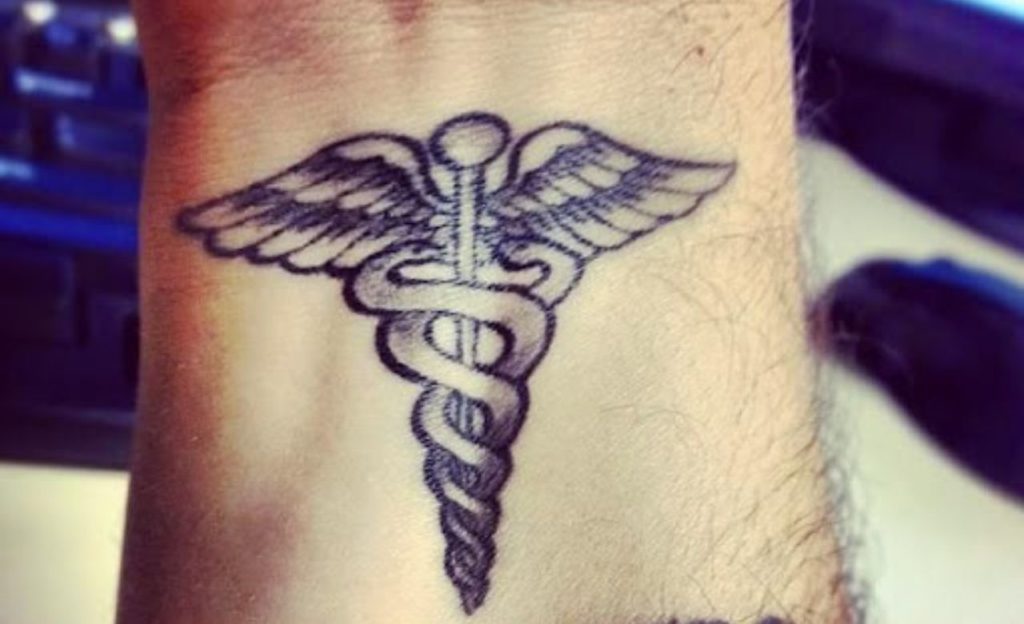
There is a positive reaction to doctors with tattoos; many still advise doctors to get tattooed in some easily hidden place or cover their tattoos during work. Some doctors believe that the patient shouldn’t have to be focused on the tattoo but the doctor.
Final Thoughts
Overall, we can say that despite some negative misconceptions, there has been a tattoo revolution and the way doctors with tattoos are distinguished. Doctors can have tattoos and choose to express themselves however they want, with tattoos, piercings, or even crazy hair colour. Indeed, the doctors need to assume the hospital policies, and if asked to cover their tattoos, do so. However, it is also best not to get obscene or possibly offensive tattoos anywhere visible. You don’t want to make your patient uncomfortable, despite your good work or no intention to hurt.

